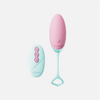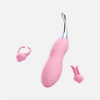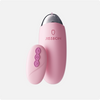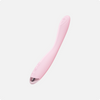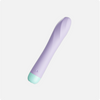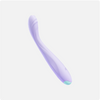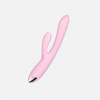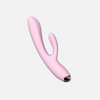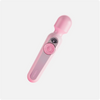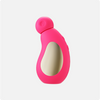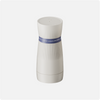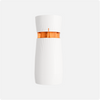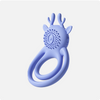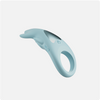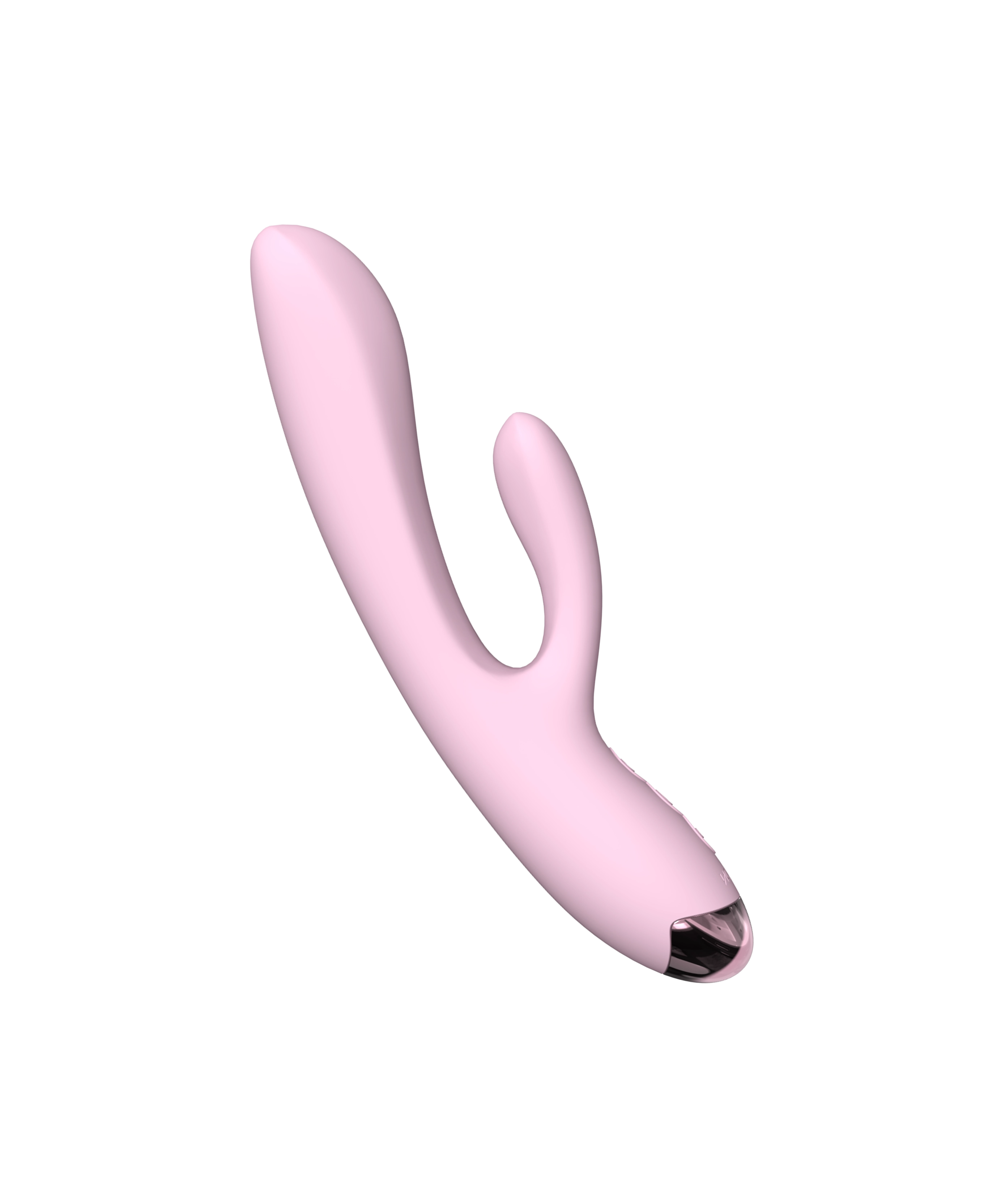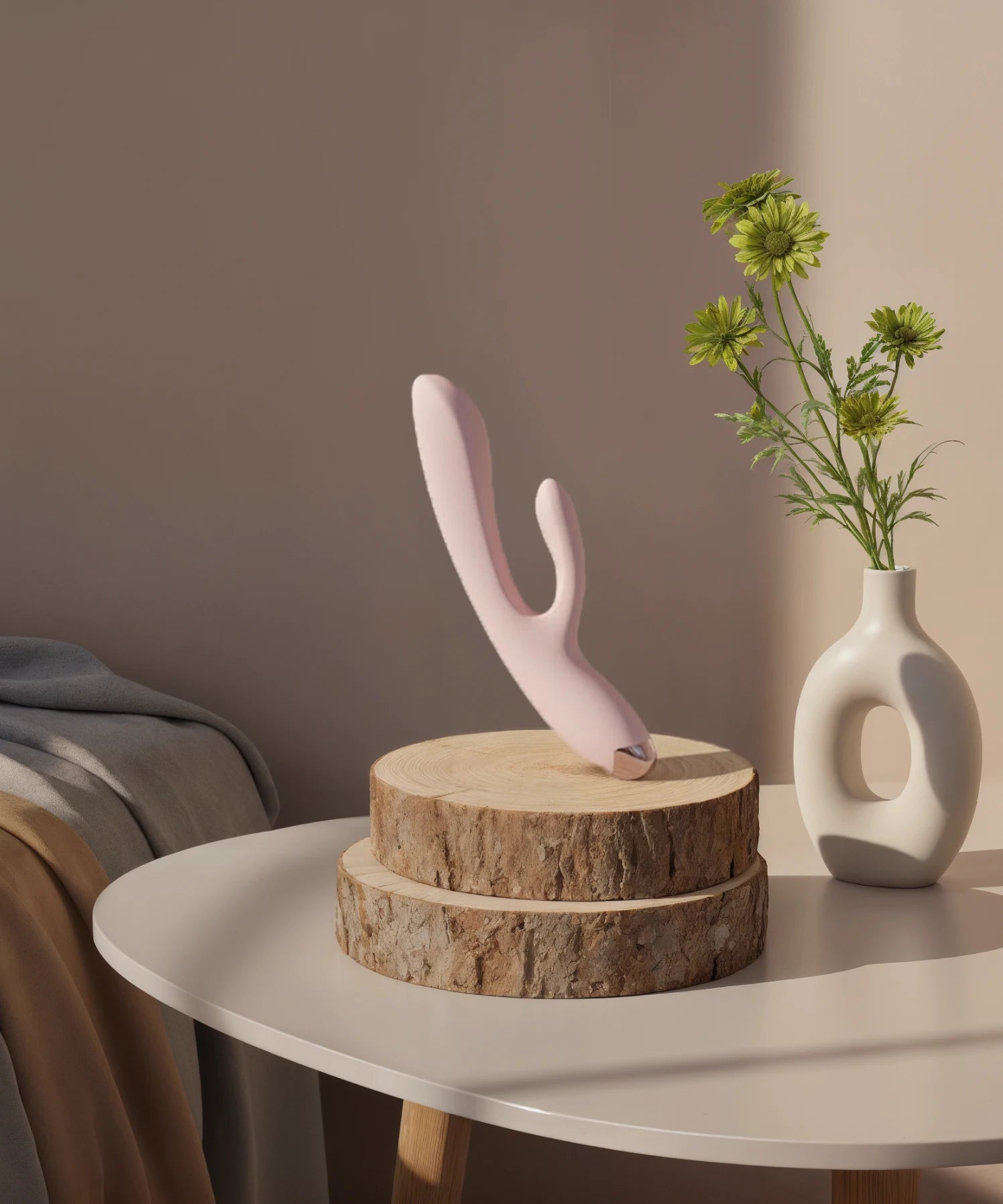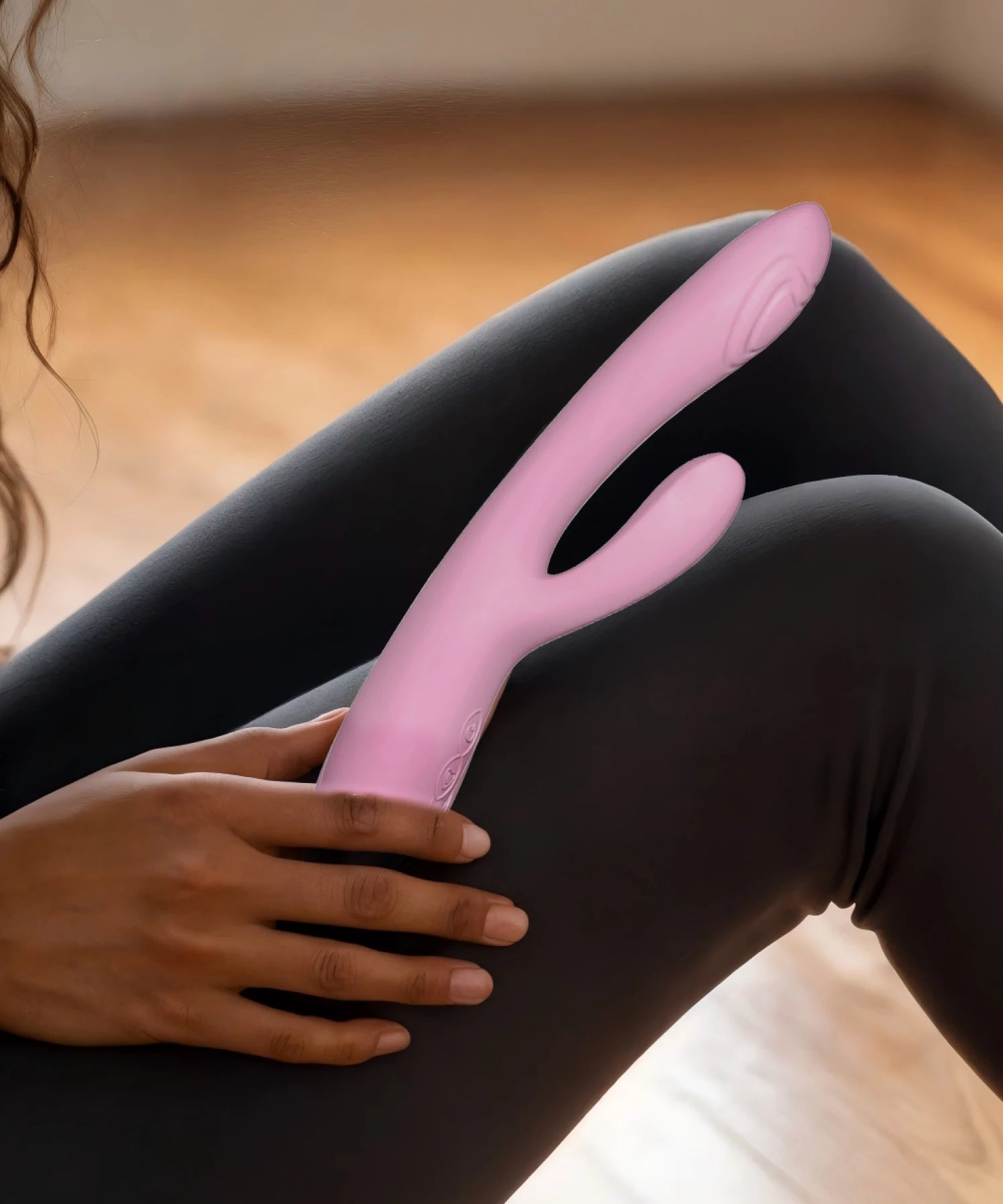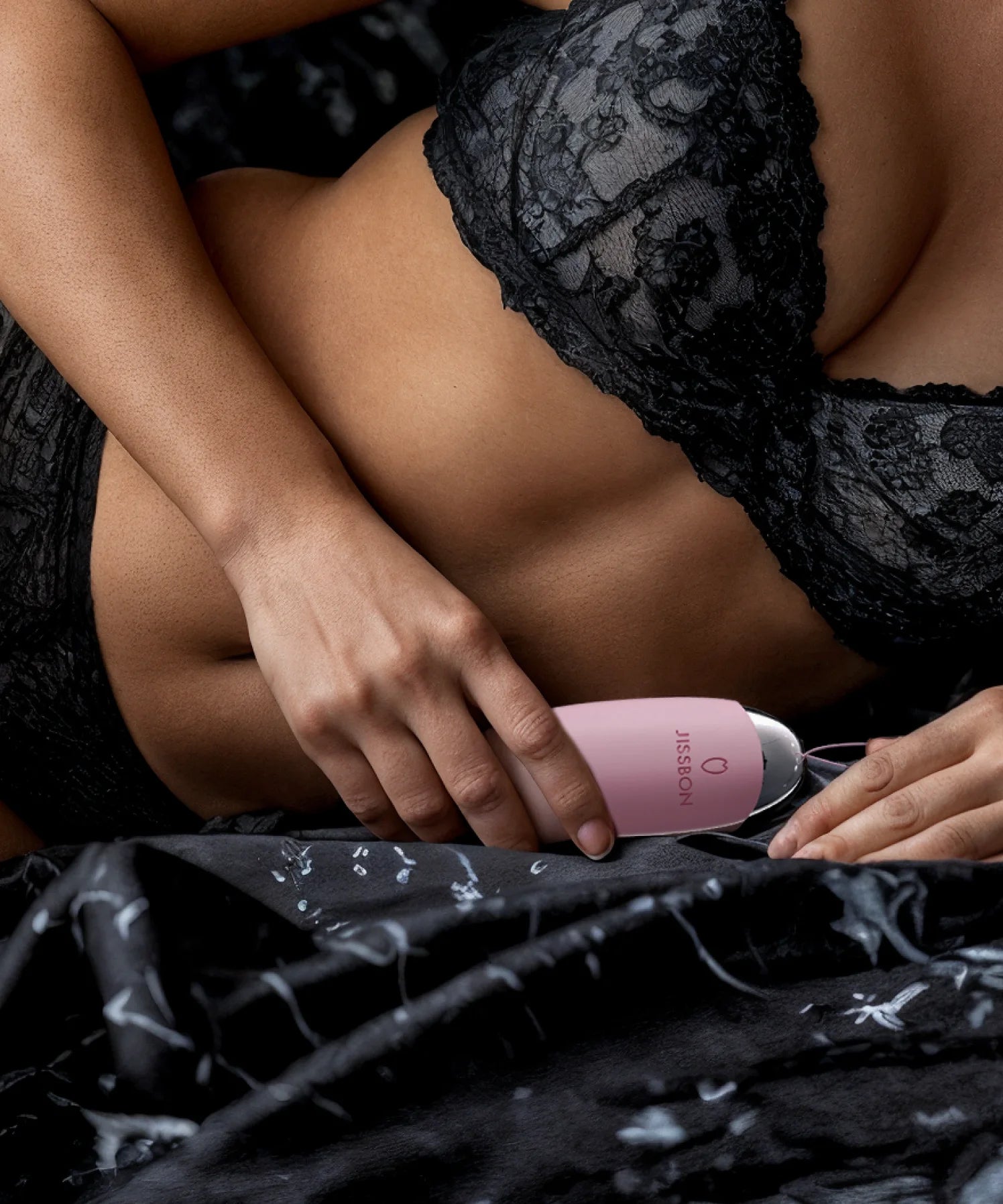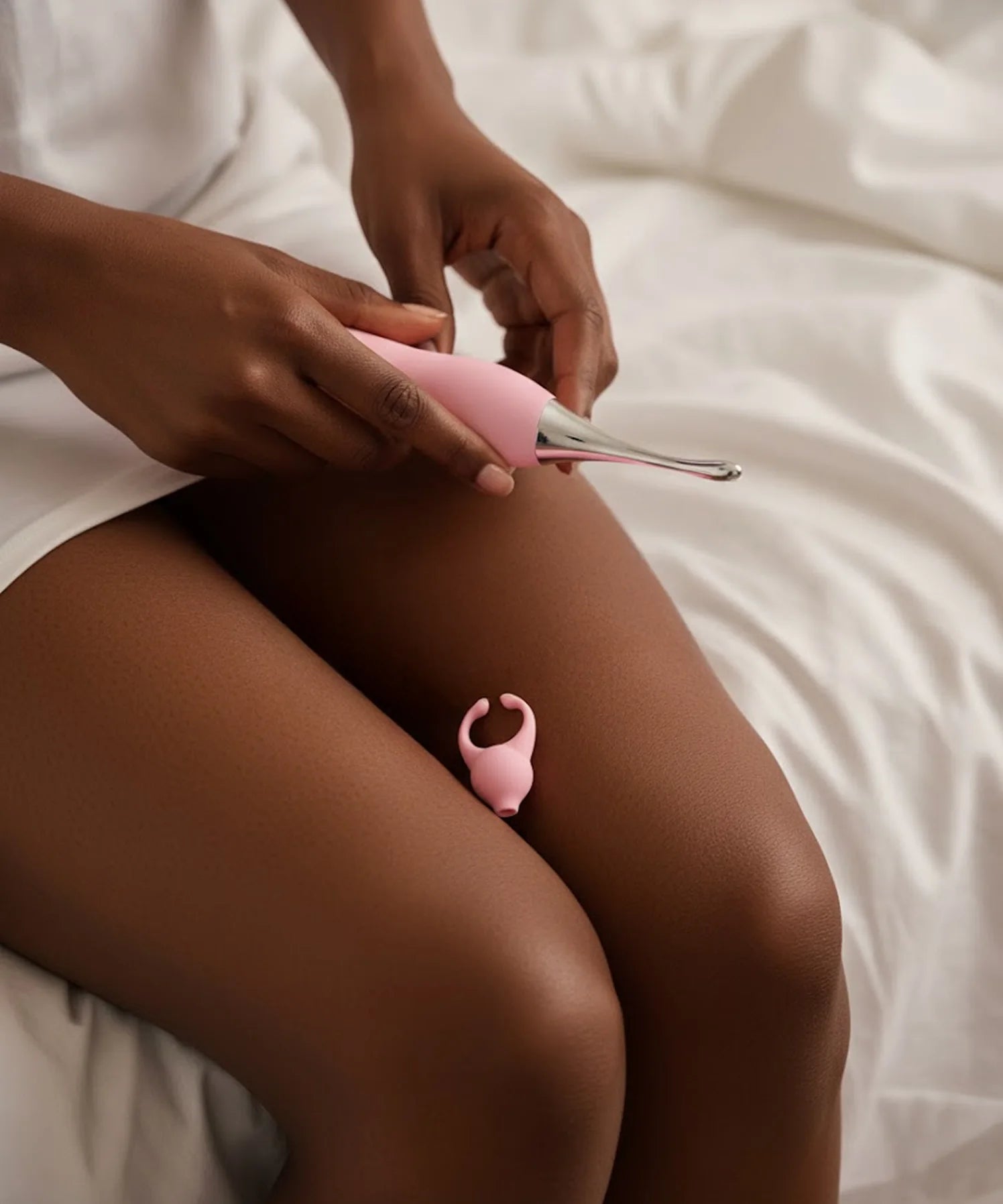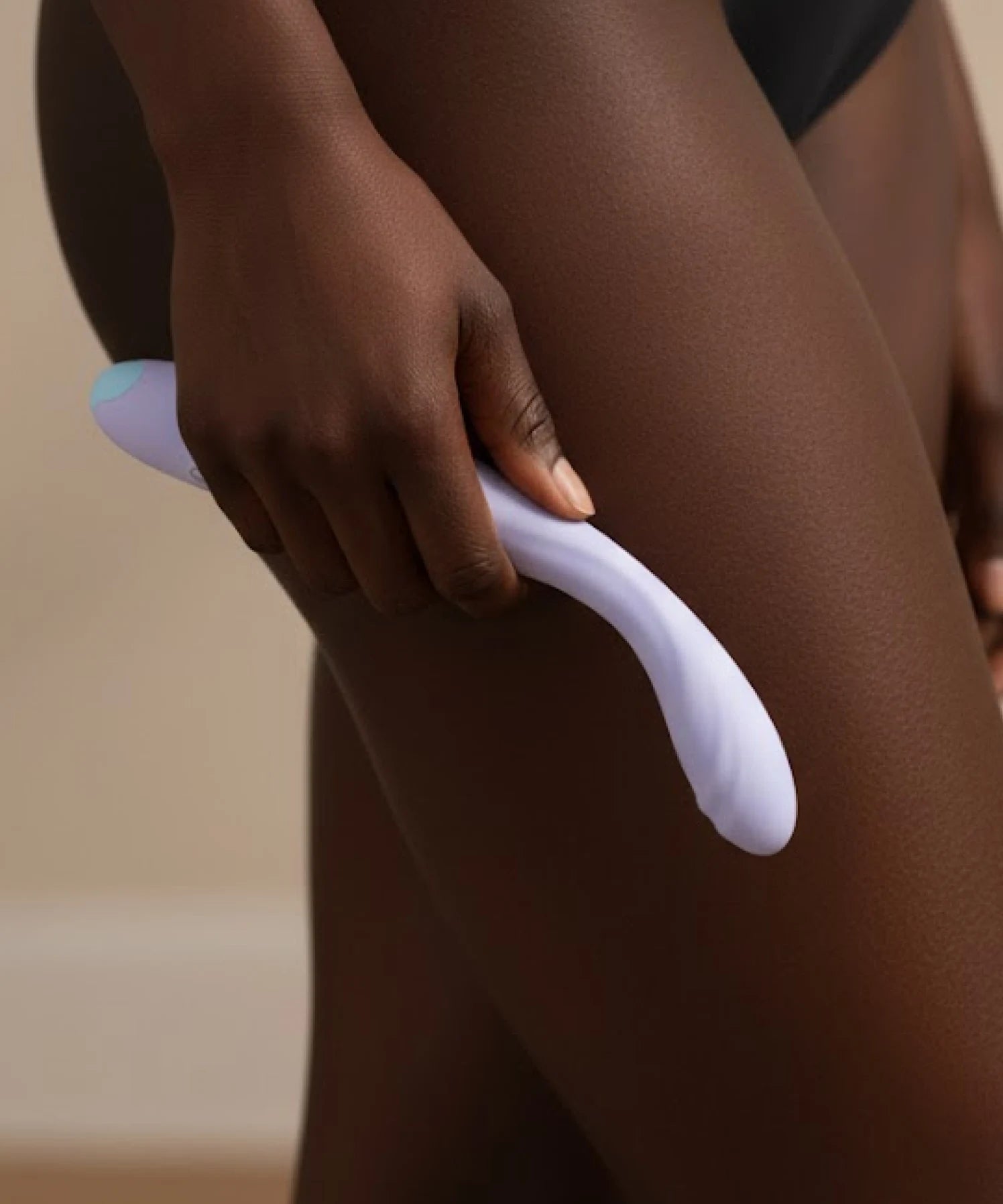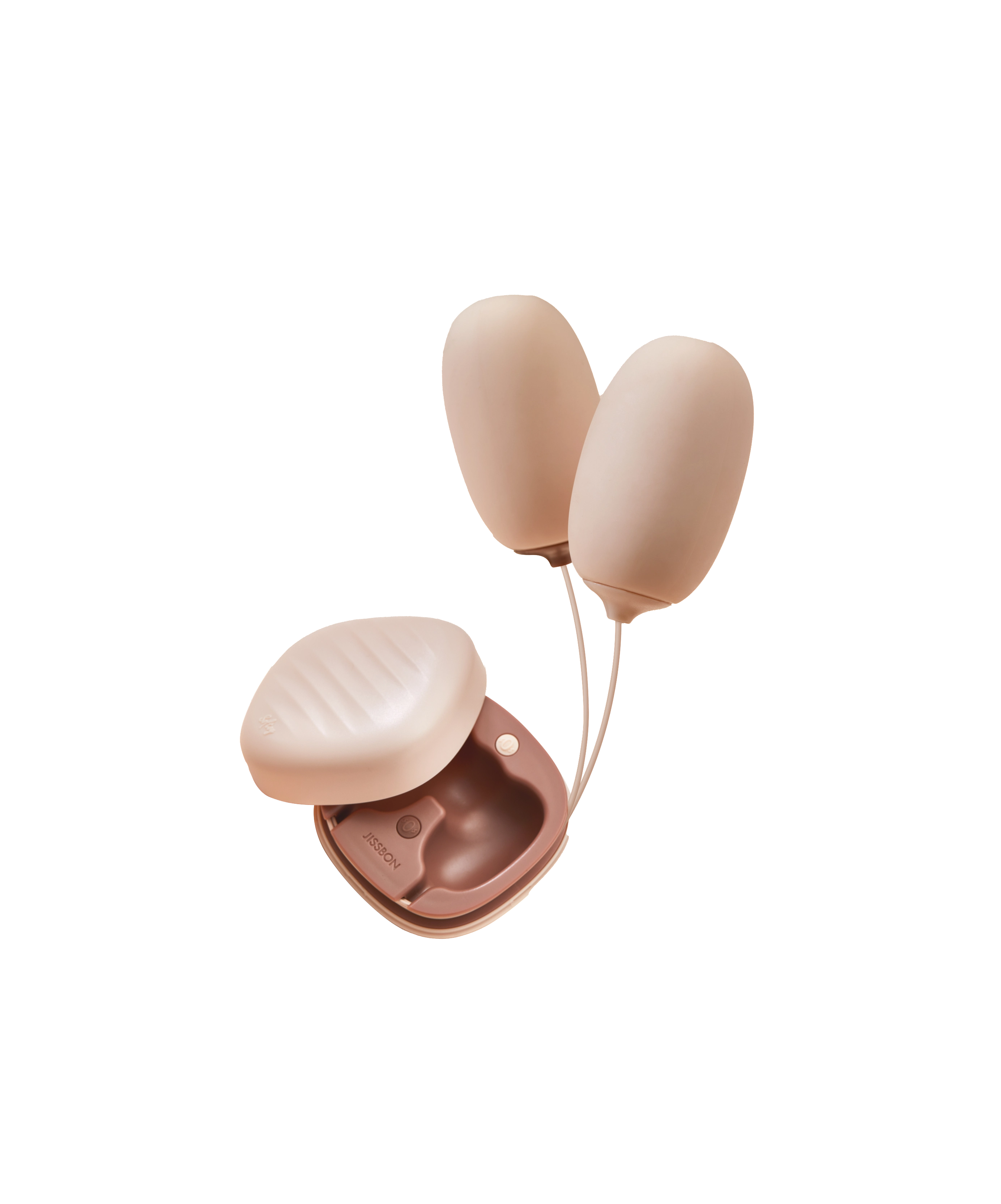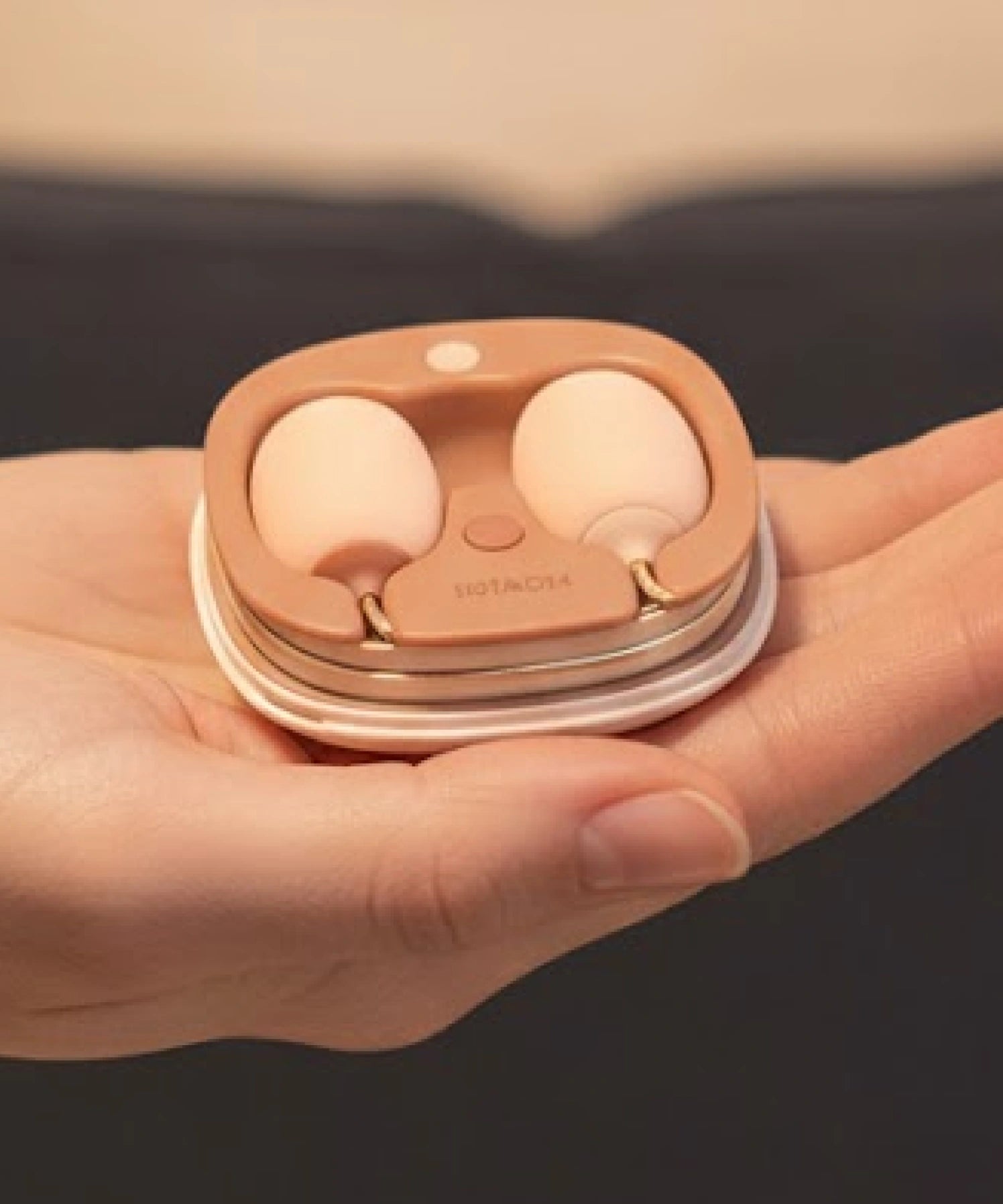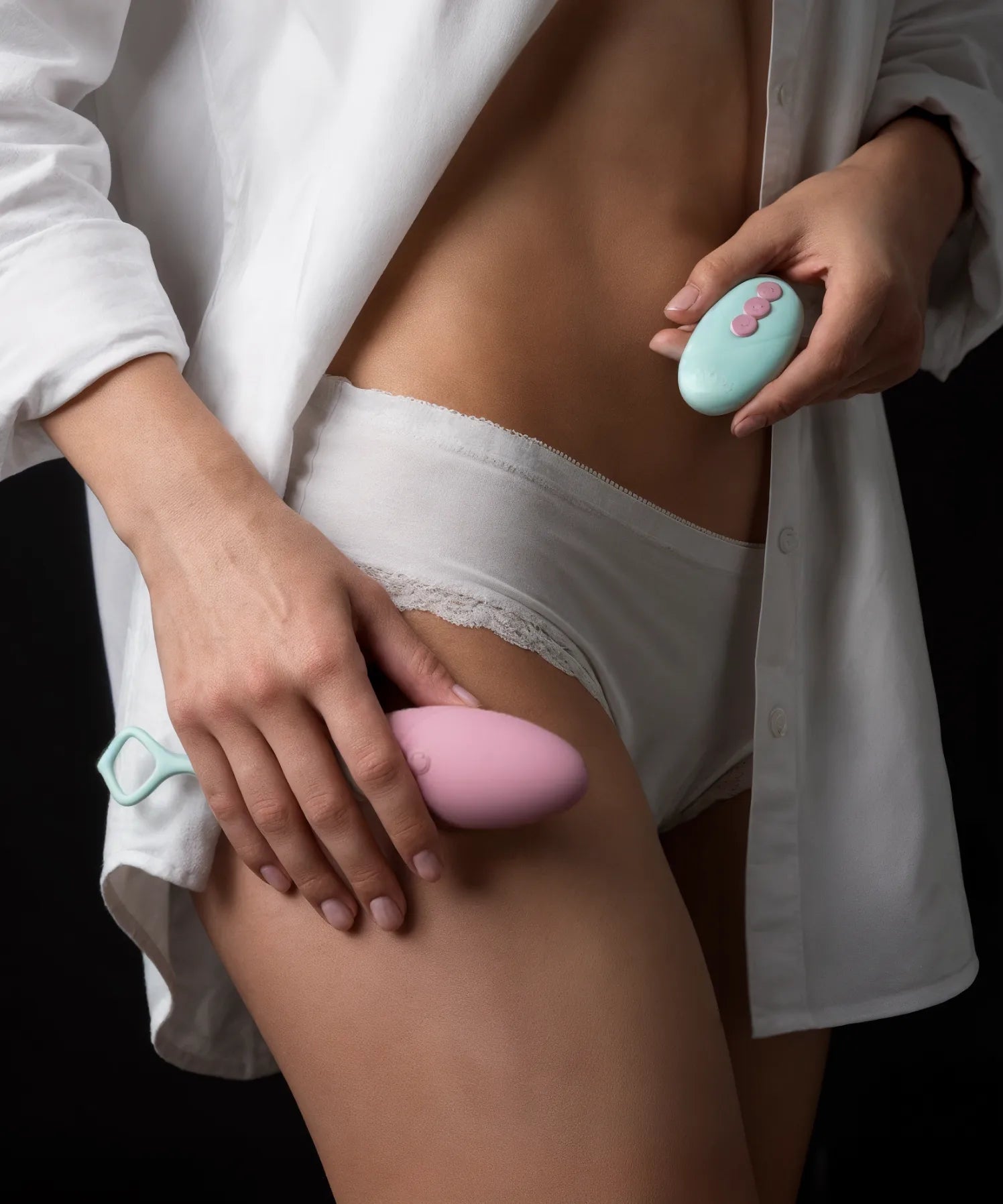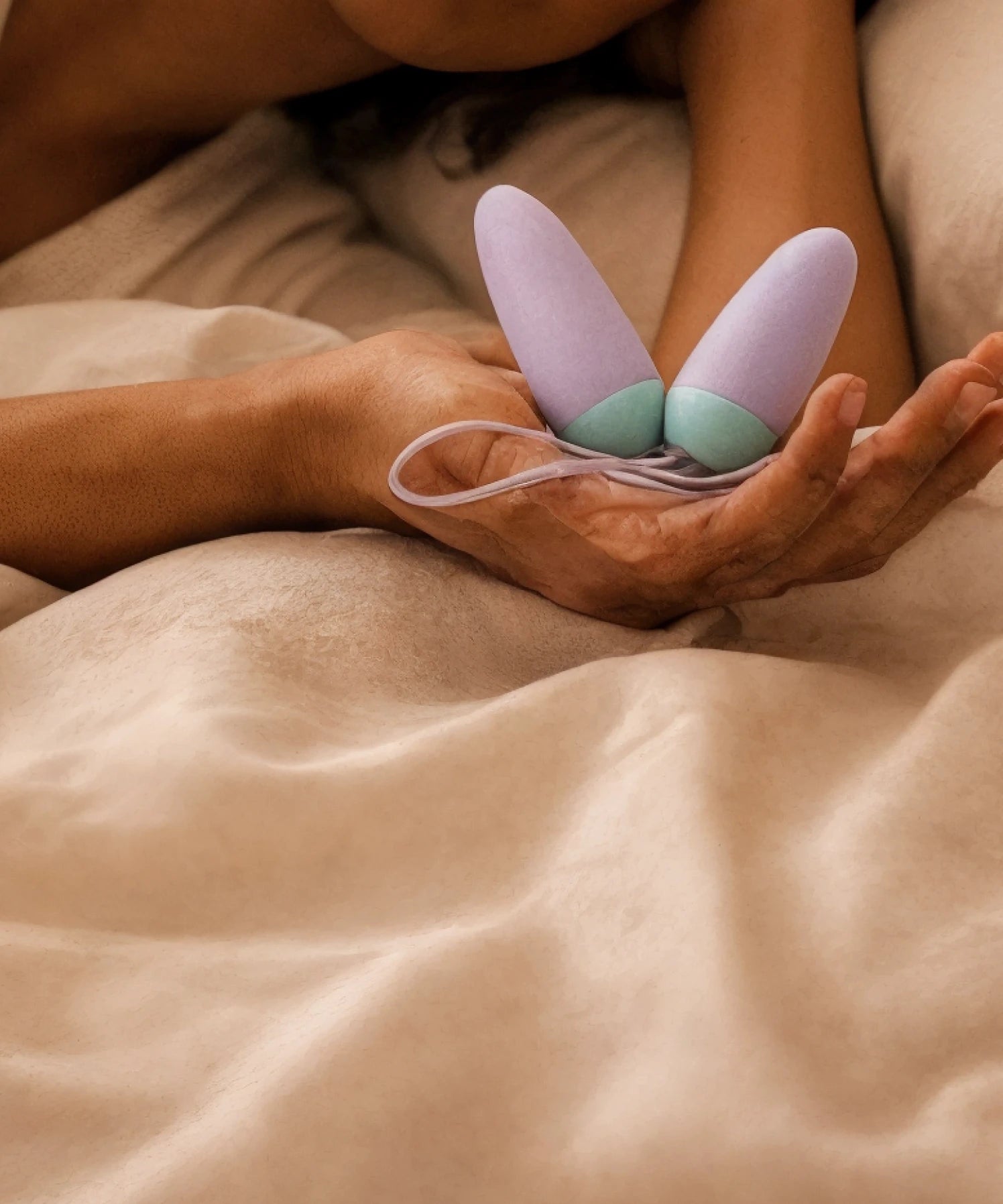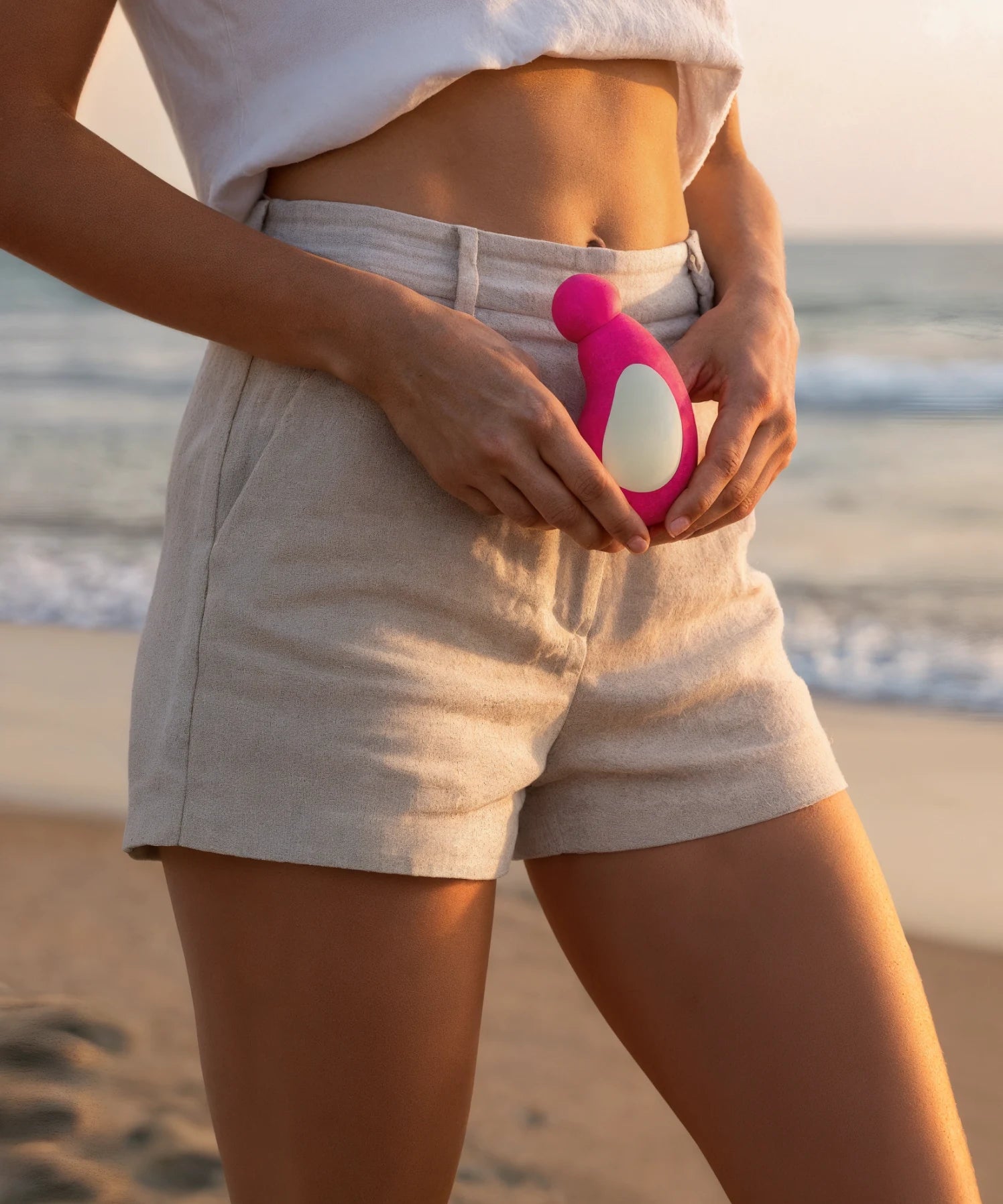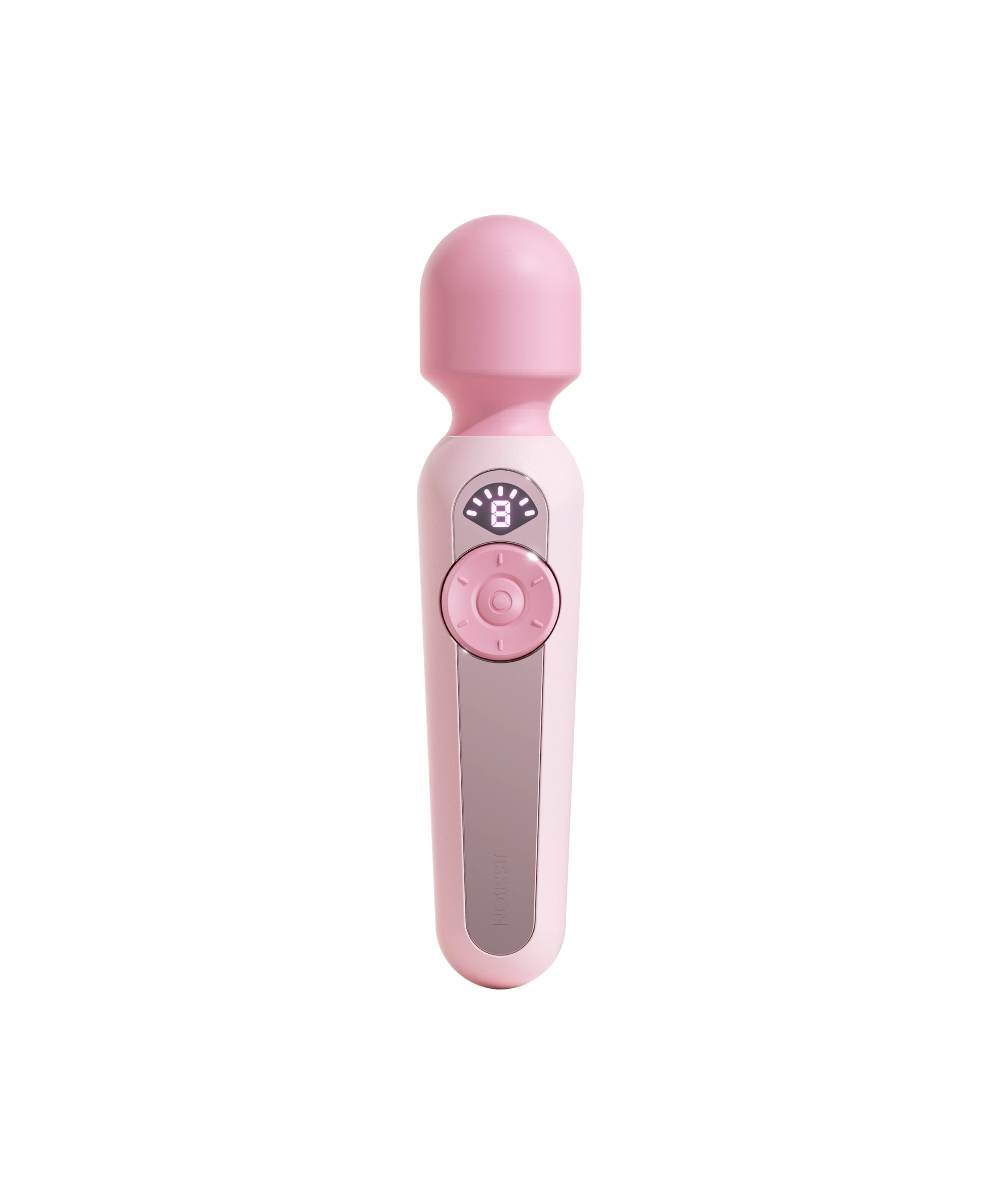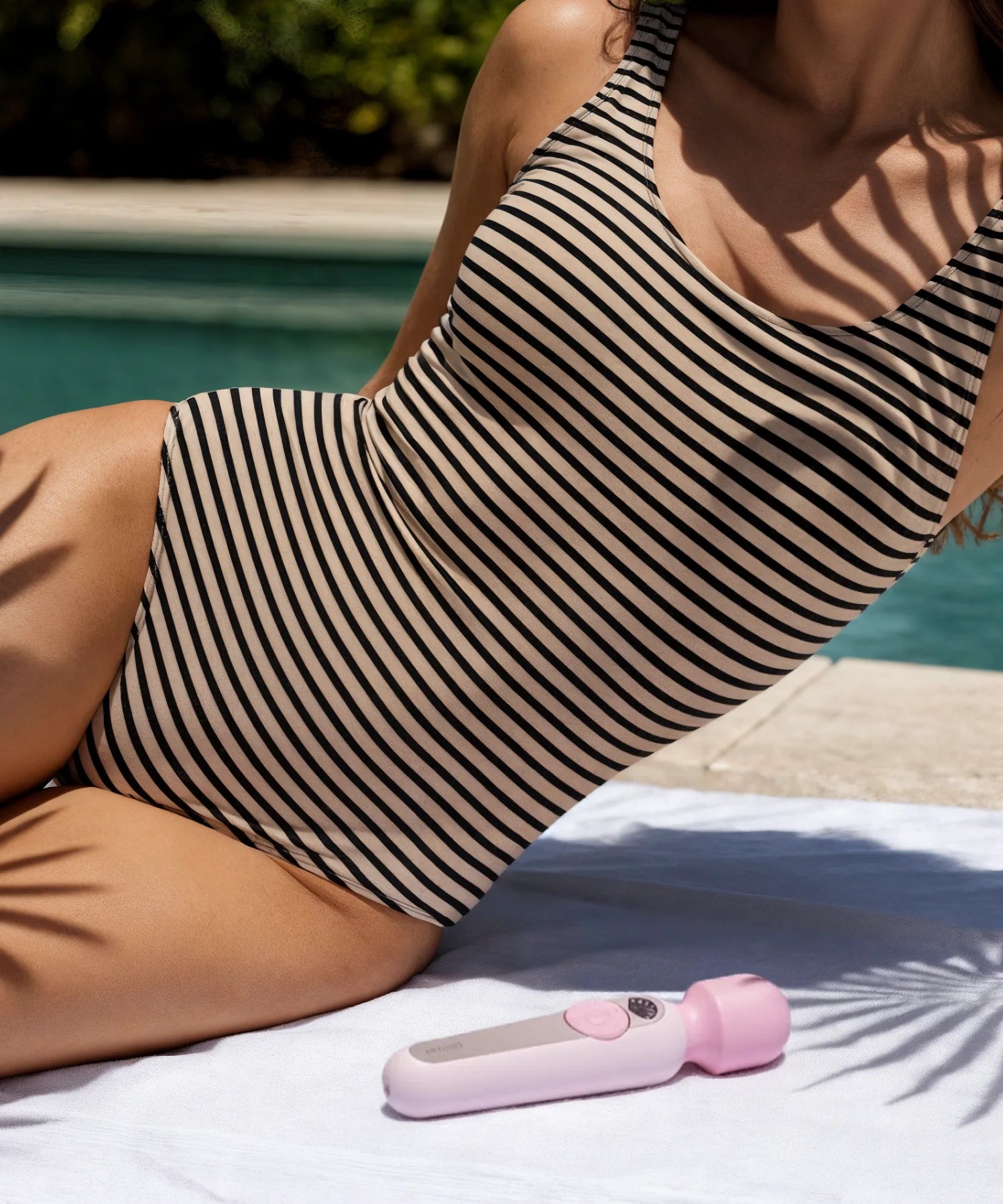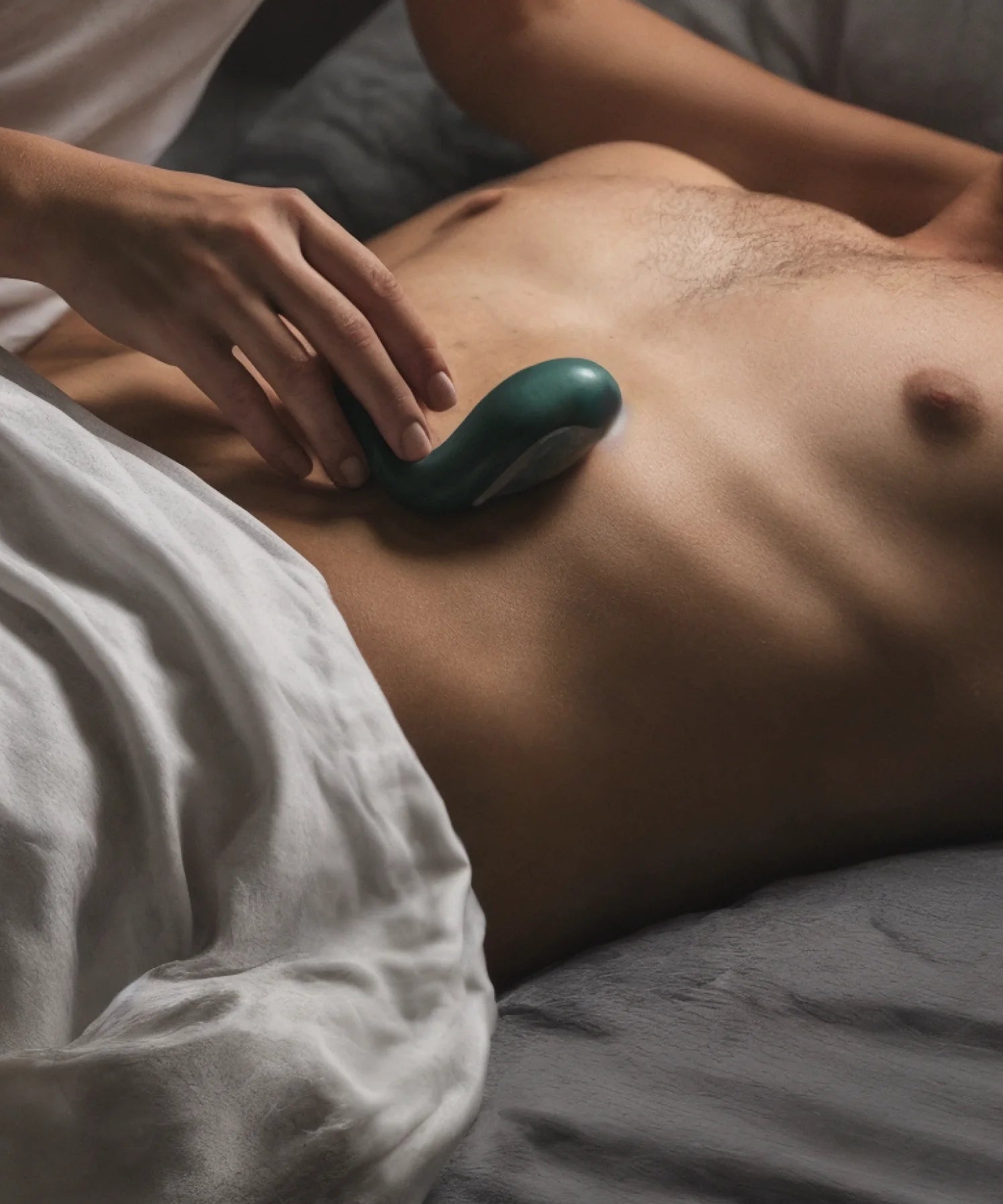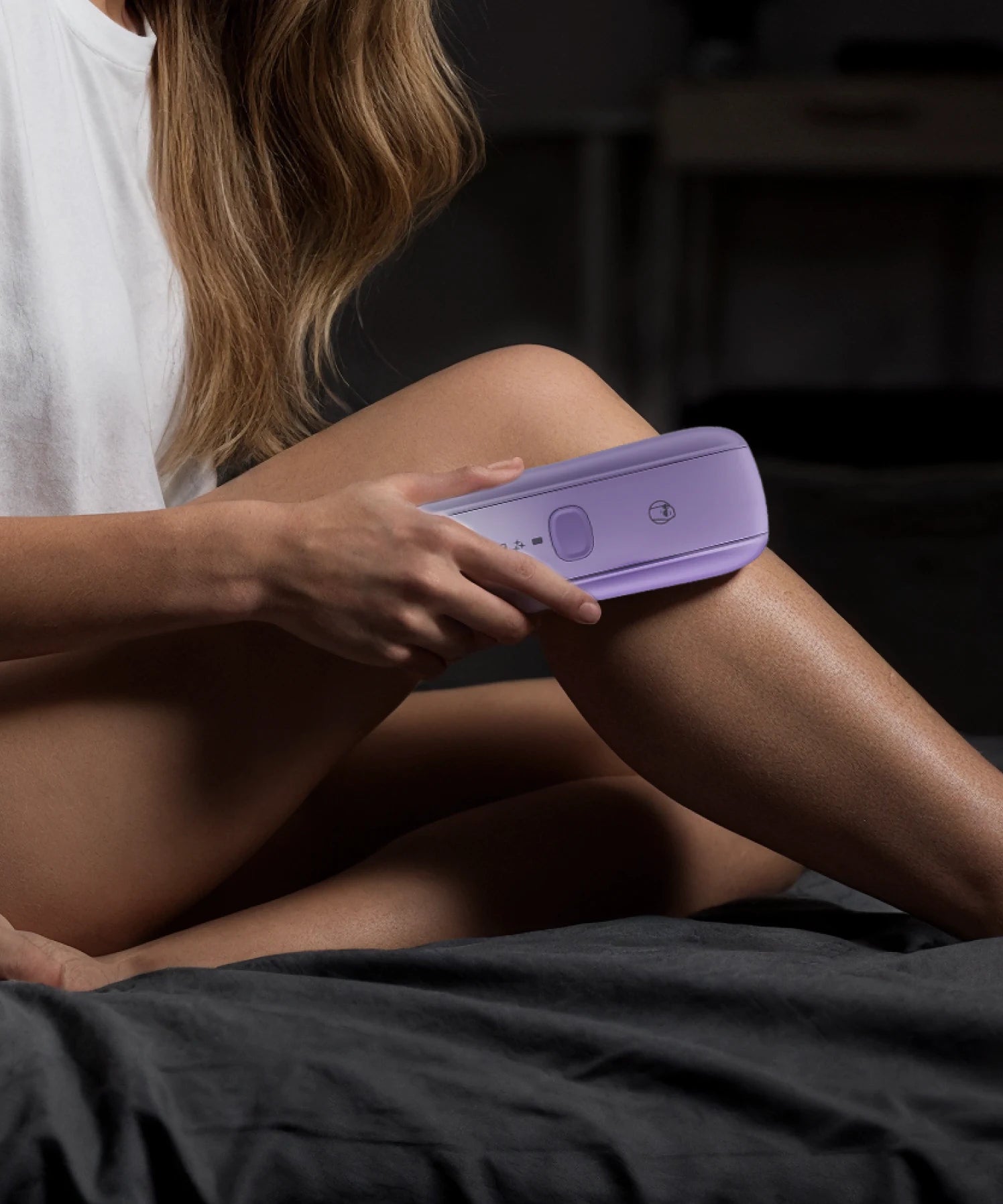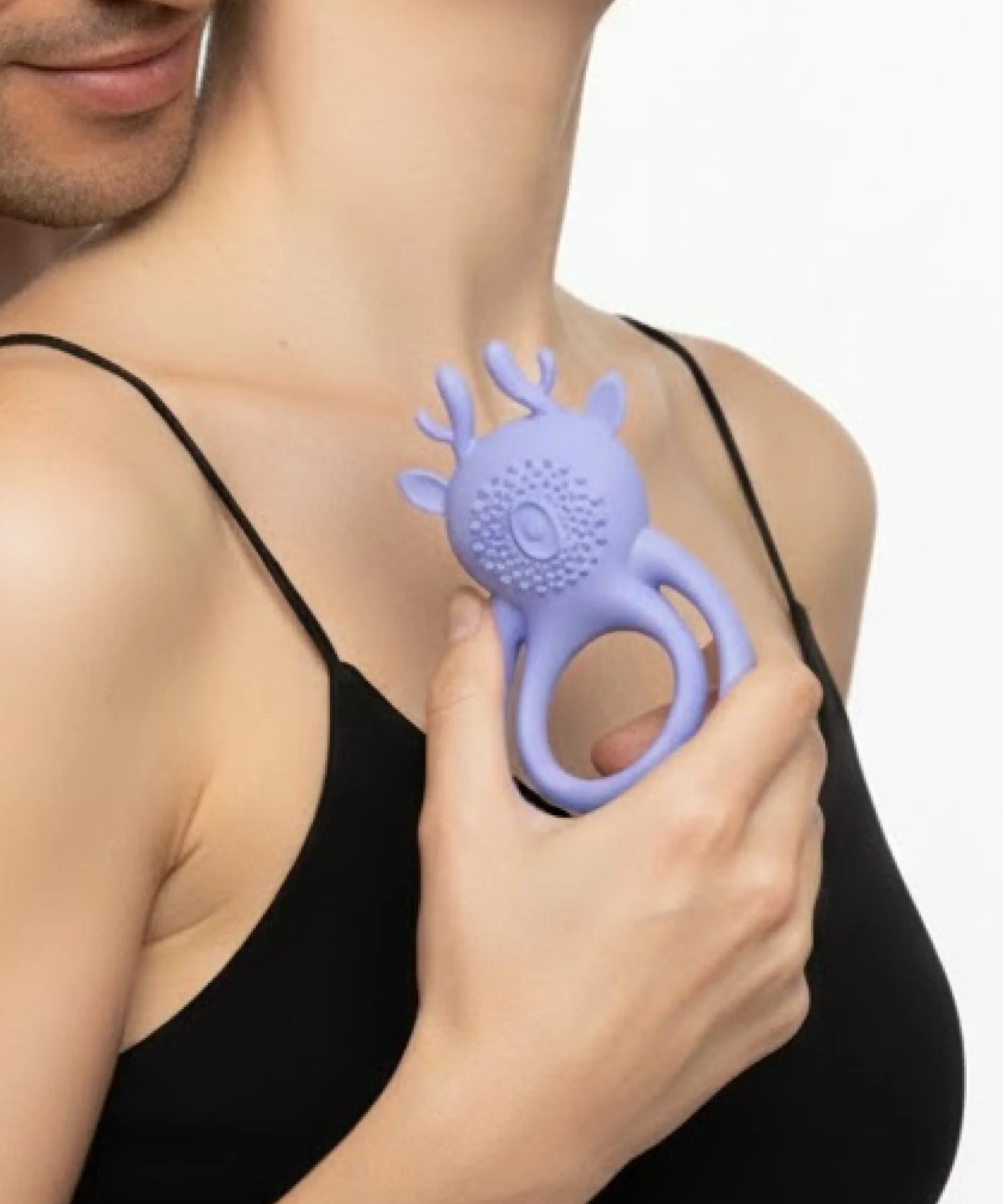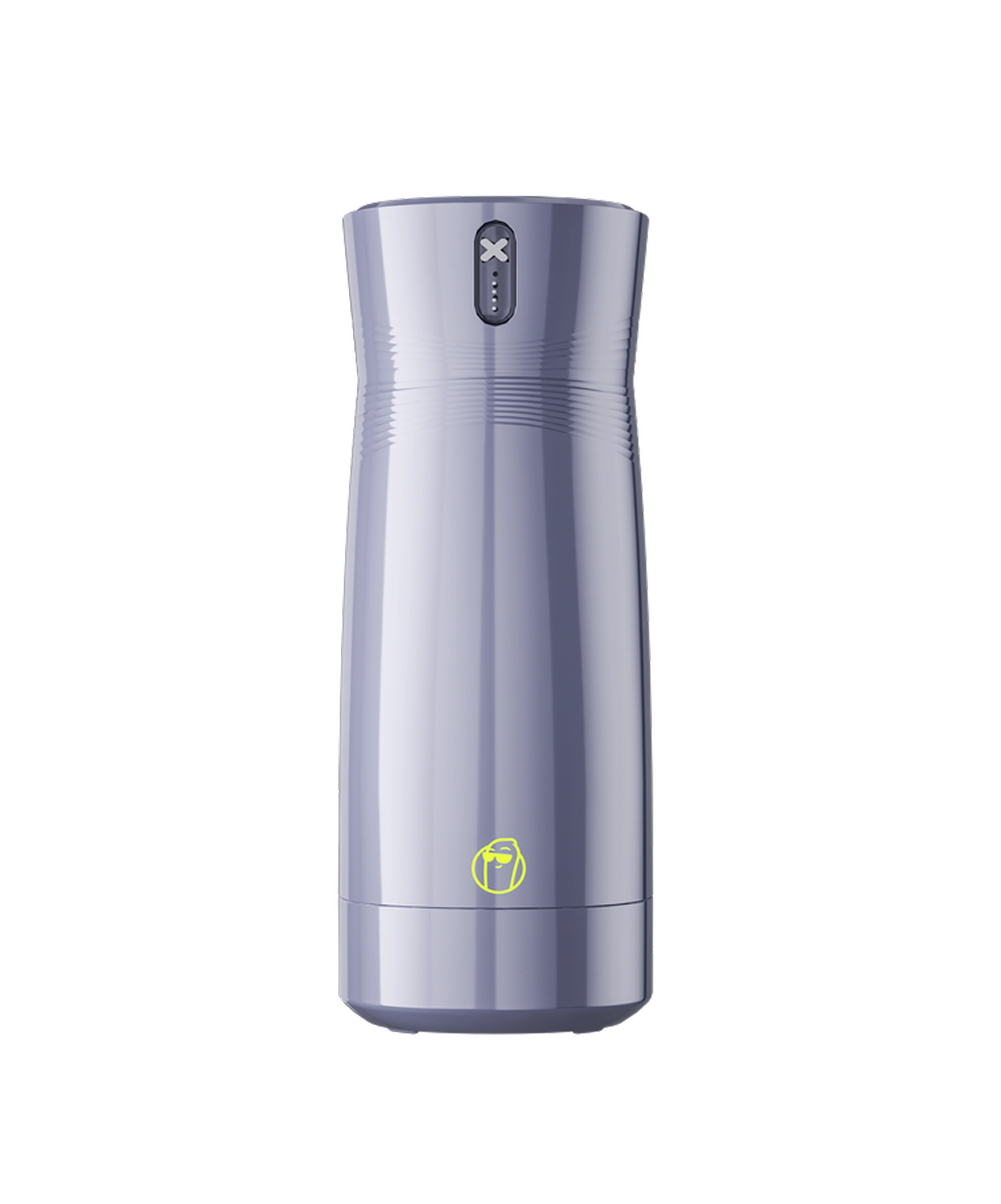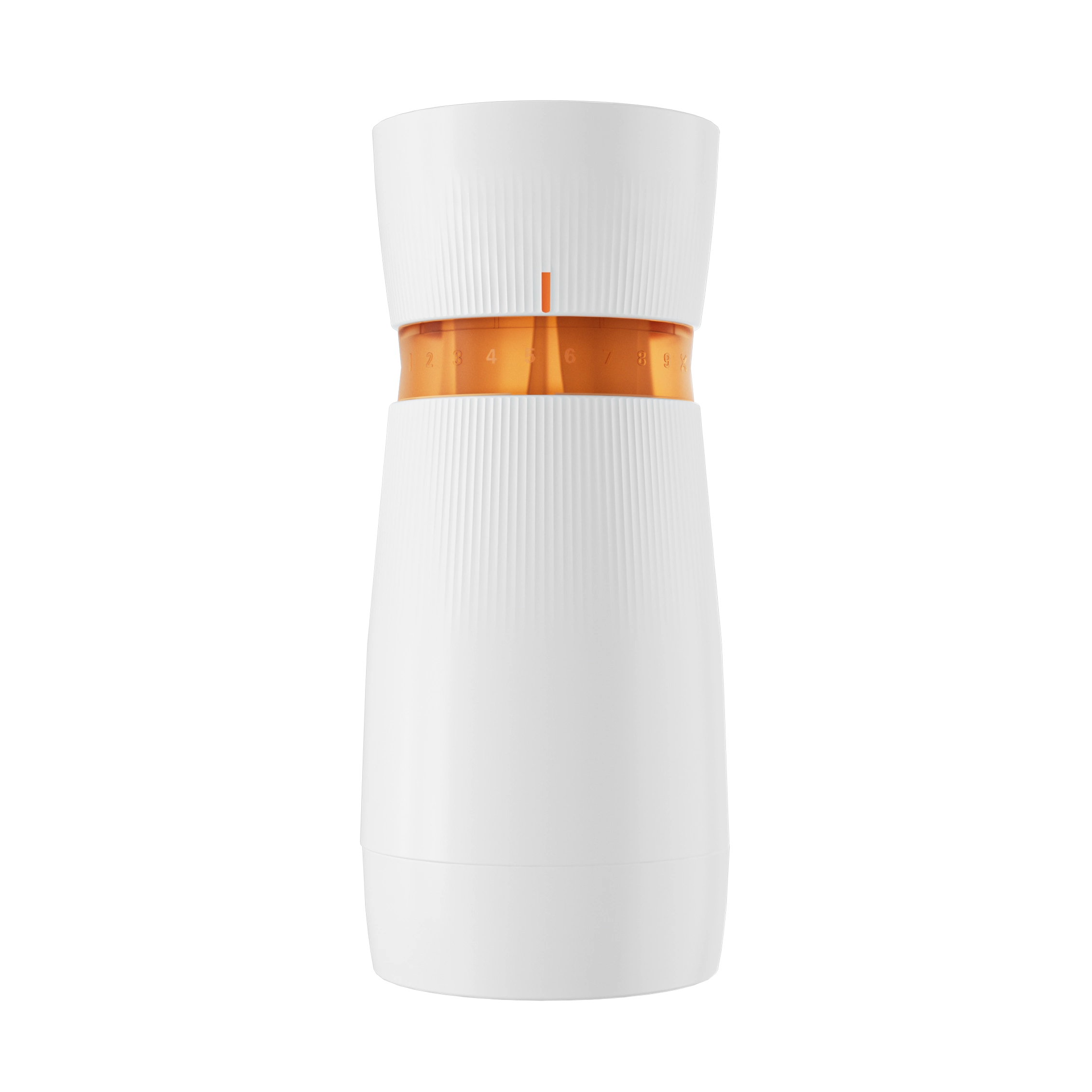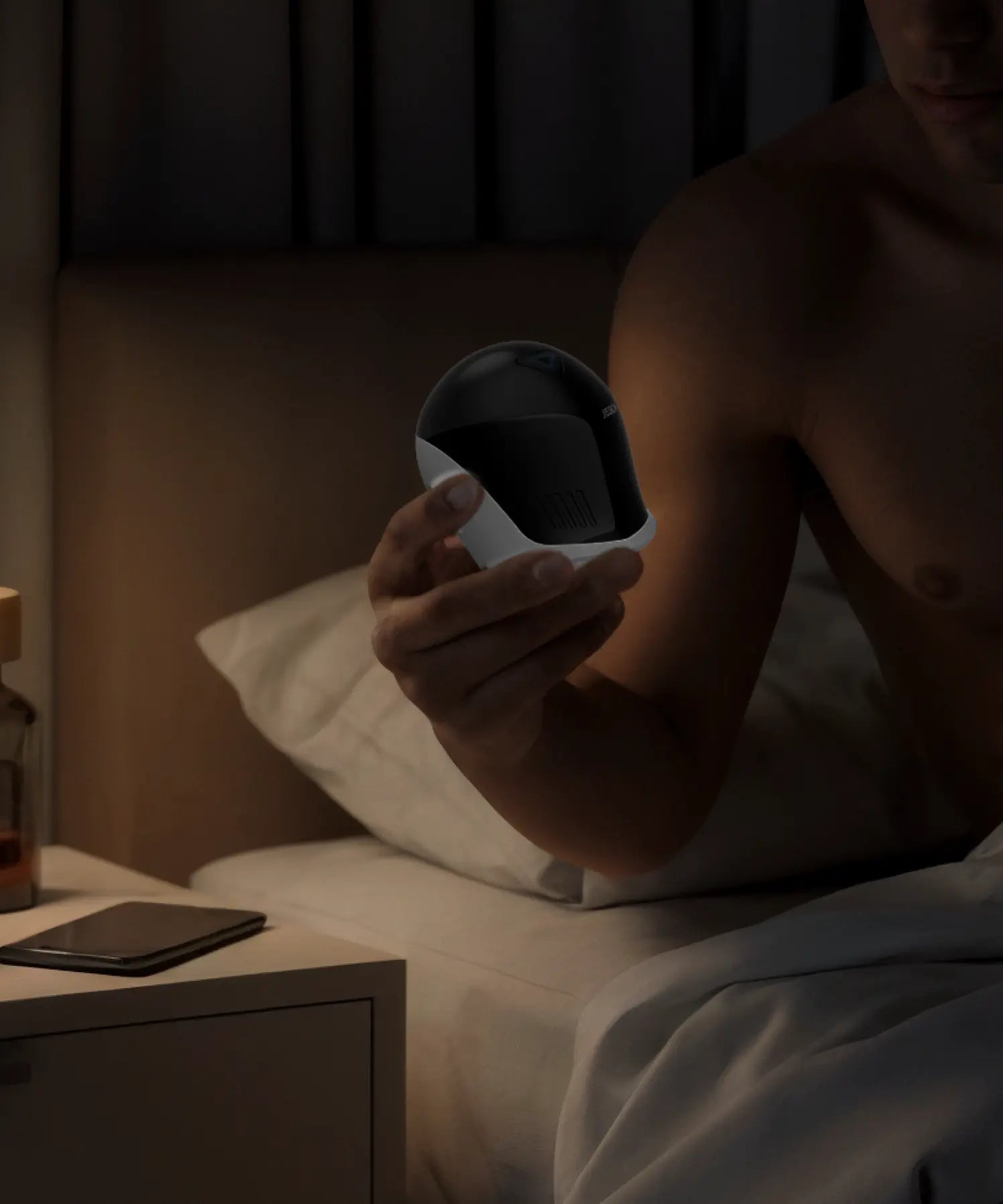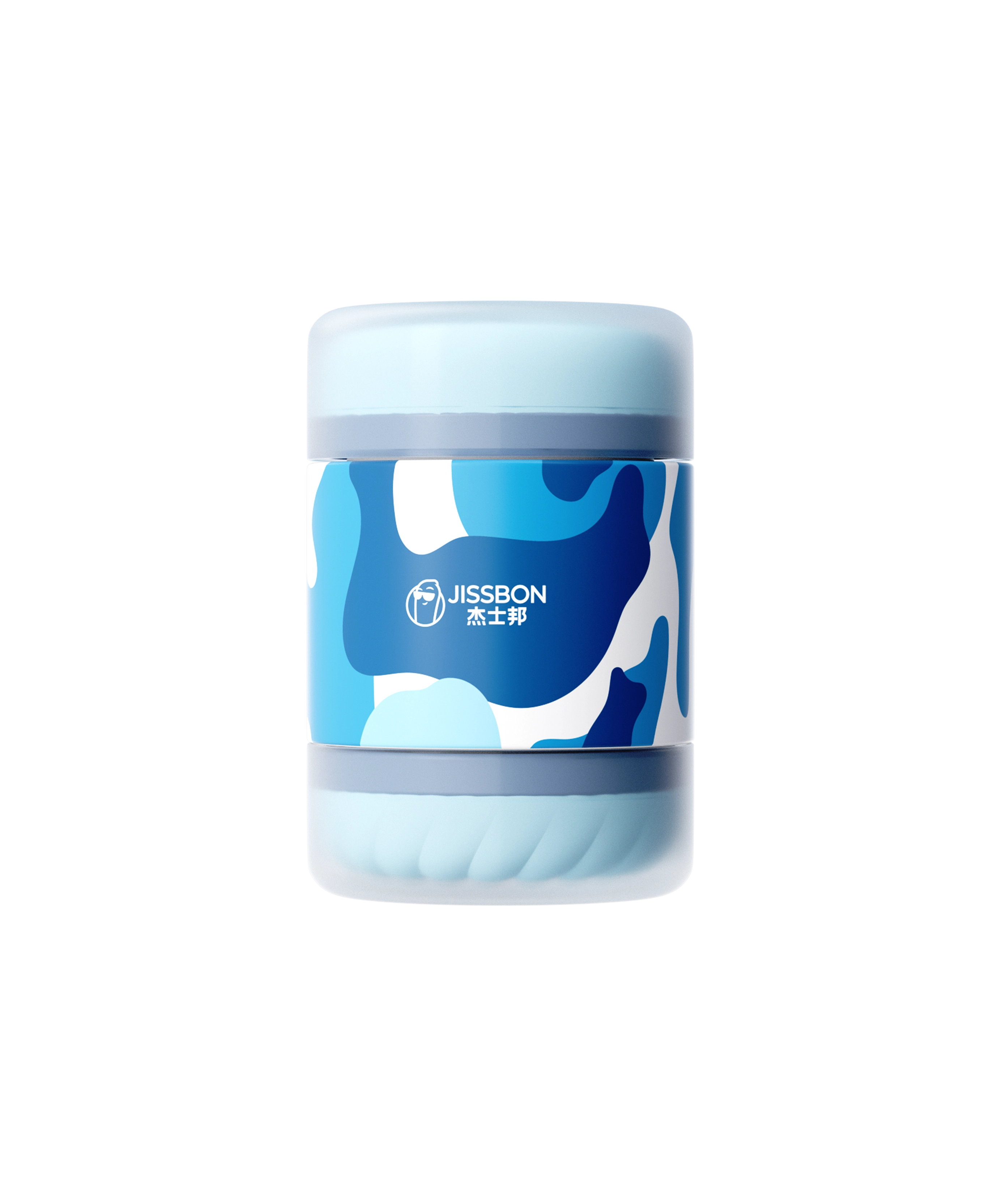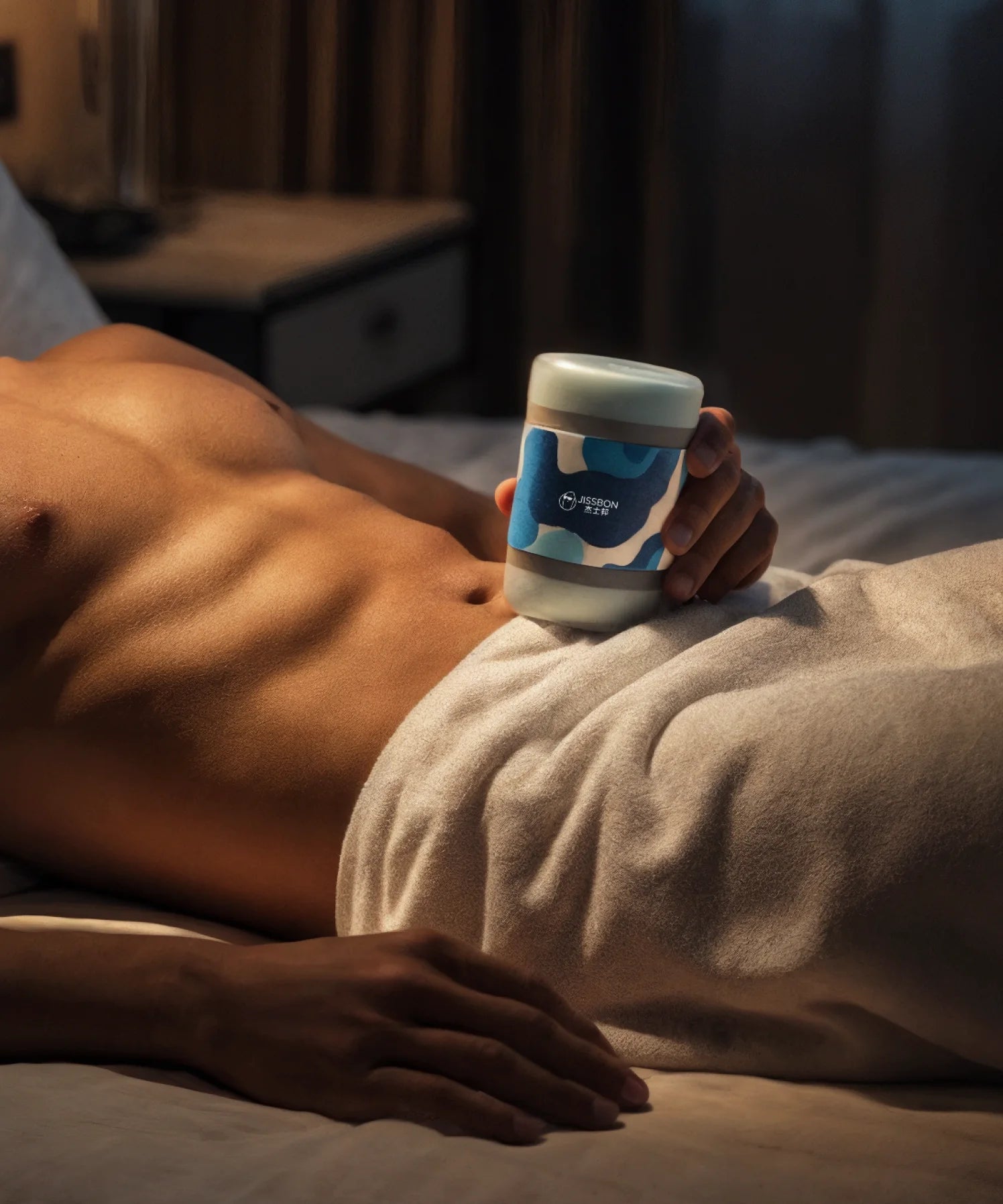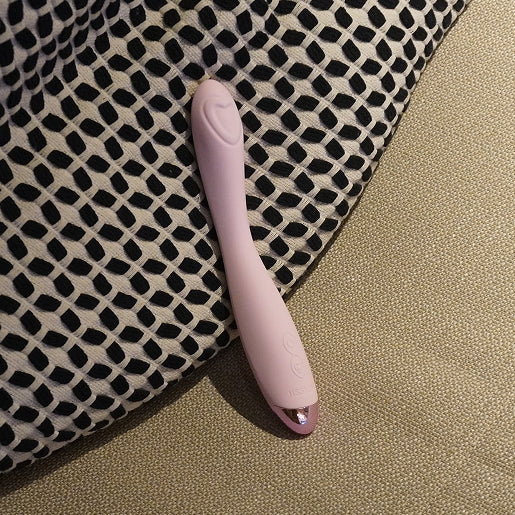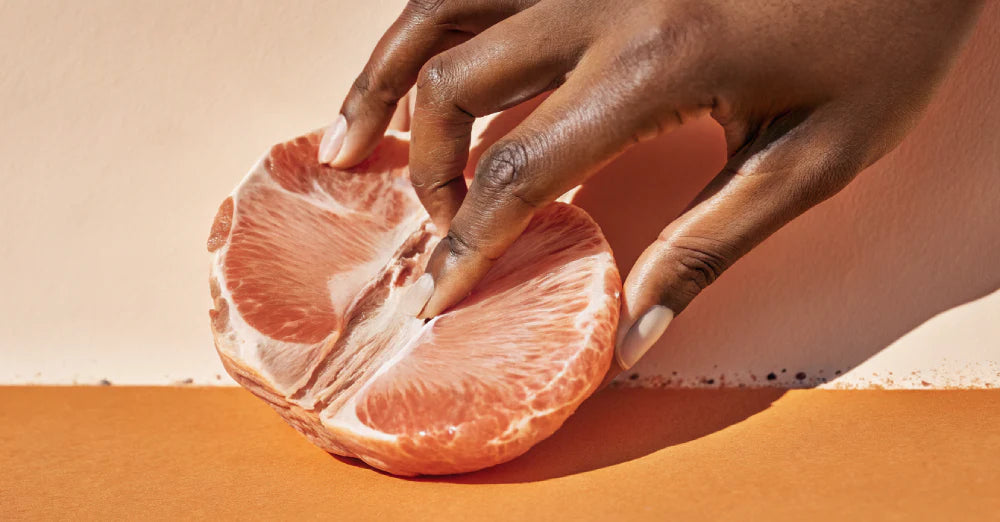The term "outie pussy" describes vulvas where the inner labia (labia minora) extend beyond the outer labia (labia majora), creating visible folds or protrusion. This is one of many normal anatomical variations, yet misinformation and narrow media representation have created unnecessary insecurity for countless people.
This guide clarifies what "outie" actually means, why this variation is completely healthy, how anatomy differs from person to person, addressing common concerns, and fostering appreciation for natural diversity. Understanding your body's normal structure is the first step toward confidence and informed health decisions.
Anatomy Basics: What We're Actually Discussing
Vulva vs. Vagina Clarification
Vulva = External structures visible from outside the body
Vagina = Internal canal connecting vulva to cervix
The term "outie vagina" is technically inaccurate—we're describing vulva variations, not the vaginal canal itself.
Key External Structures
|
Structure |
Location |
Function |
|
Mons pubis |
Fatty tissue covering pubic bone |
Cushioning, hair-bearing area |
|
Labia majora |
Outer "lips" |
Protection, contains oil and sweat glands |
|
Labia minora |
Inner "lips" |
Sensitive tissue, protects vaginal opening |
|
Clitoral hood |
Fold covering clitoris |
Protects clitoral glans |
|
Clitoris |
Above vaginal opening |
Primary pleasure organ |
|
Vaginal opening |
Between labia minora |
Entry to vaginal canal |
|
Urethral opening |
Above vaginal opening |
Urine exit point |
What makes an "outie"? When labia minora extend past the labia majora, creating visible folds, ruffles, or protrusion when legs are together.
The Spectrum of Normal Variations

Common Classifications
Medical professionals recognize numerous variations, none superior to others:
Type 1: "Innie"
- Labia minora completely enclosed by labia majora
- Minimal visible inner tissue when standing
- Often depicted in simplified anatomical drawings
Type 2: "Outie"
- Labia minora extend beyond outer lips
- Visible folds, ruffles, or protrusion
- Can be symmetric or asymmetric
Type 3: Mixed
- One side extends more than the other
- Combination of characteristics
- Extremely common (asymmetry is typical)
Natural Diversity
Research examining vulva anatomy across hundreds of participants found:
- 45-50% have labia minora extending beyond labia majora
- 80% have some degree of asymmetry between sides
- Length of labia minora ranges from 0.5 to 4+ inches
- Color varies from pink to brown to purple-gray
- Texture ranges from smooth to wrinkled or ruffled
Medical consensus: All these variations are normal and healthy.
Why Anatomy Varies: Genetics and Development
Factors Influencing Appearance
Genetics:
- Inherited traits from biological parents
- Ethnic background influences pigmentation and structure
- Family patterns in tissue development
Hormonal changes:
- Puberty increases tissue growth
- Pregnancy causes temporary swelling and darkening
- Menopause reduces tissue fullness due to decreased estrogen
Age-related changes:
- Childhood: minimal tissue prominence
- Adolescence: significant development during puberty
- Adulthood: gradual changes in elasticity and pigmentation
- Postmenopause: tissue thinning and reduced fullness
Childbirth effects:
- Temporary stretching and swelling
- Possible tearing or episiotomy scarring
- Changes in pigmentation
- Generally returns to similar (but not identical) pre-pregnancy appearance
What Doesn't Change Anatomy
Common myths debunked:
- Sexual activity doesn't elongate labia (penetration occurs in the vagina, not vulva)
- Masturbation doesn't alter external appearance
- Tight clothing doesn't cause protrusion
- Number of sexual partners has zero impact on structure
These persistent myths reflect misogyny and lack of anatomical education, not medical reality.
Health Considerations: When to Seek Medical Advice

Normal Characteristics (No Concern Needed)
- Asymmetry between sides – One labia minora being longer, differently shaped, or darker is typical
-
Texture variations – Smooth, bumpy, wrinkled, or ruffled surfaces are all normal
Color differences – Ranging from light pink to deep brown depending on melanin levels - Visible folds or protrusion – Extending beyond labia majora is anatomically normal
- Minor discomfort with certain clothing – Can be managed with fabric choices
When to Consult a Healthcare Provider
Seek medical evaluation for:
- Sudden changes in appearance (swelling, new lumps, color changes)
- Persistent pain not related to clothing friction
- Chronic itching lasting more than a few days
- Unusual discharge with odor or discoloration
- Bleeding not associated with menstruation
- Visible lesions or sores that don't heal
- Significant interference with daily activities or intimacy
Conditions requiring attention:
|
Condition |
Symptoms |
Action |
|
Yeast infection |
Itching, white discharge, irritation |
OTC treatment or doctor visit |
|
Bacterial vaginosis |
Fishy odor, gray discharge |
Prescription antibiotics |
|
Bartholin's cyst |
Painless lump near vaginal opening |
Monitor or medical drainage |
|
Contact dermatitis |
Redness, itching from irritant |
Identify and avoid trigger |
|
Lichen sclerosus |
White patches, intense itching |
Prescription steroid treatment |
Medical research emphasizes that anatomical variation itself is never pathological—only changes accompanied by symptoms warrant investigation.
Addressing Physical Discomfort
Clothing Adjustments
Fabric choices:
- Cotton underwear – Breathable, reduces moisture buildup
- Seamless styles – Eliminates friction points
- Appropriate fit – Not too tight, allows natural movement
- Avoid thongs if uncomfortable – Some people find them irritating
Activity modifications:
- Cycling or spinning: Padded shorts, adjust seat position
- Running or high-impact exercise: Moisture-wicking fabrics, consider compression shorts
- Swimming: Ensure suit fits properly, rinse chlorine/salt water promptly
Hygiene Practices
Daily care:
- Cleanse with water only – Soap disrupts natural pH balance
- Pat dry thoroughly – Moisture promotes yeast overgrowth
- Wipe front to back – Prevents bacterial transfer
- Avoid douching – Unnecessary and potentially harmful
- Change out of wet clothing promptly – Swimsuits, workout gear
Products to avoid:
- Scented soaps or body washes in the vulvar area
- Feminine hygiene sprays or deodorants
- Vaginal wipes with fragrances
- Powders containing talc
Healthcare professionals emphasize that the vulva is self-cleaning and requires minimal intervention beyond basic water cleansing.
Intimacy and Sexual Function

Does Anatomy Affect Pleasure?
Short answer: Not in the ways often feared.
Clitoral stimulation:
- The clitoris (primary pleasure organ) is the same size regardless of labia appearance
- Prominent labia don't block access—they surround and protect the clitoral area
- Some people find fuller labia provide additional pleasurable surface area
Penetration:
- Vaginal canal size and sensitivity are independent of external appearance
- Labia variations don't affect tightness or sensation during intercourse
- Natural lubrication production is unrelated to labia size
Oral stimulation:
- All vulva types respond to oral attention
- Partners should communicate about preferred techniques regardless of anatomy
- More tissue simply means more surface area that may be sensitive
Addressing Self-Consciousness
Reframing perspective:
If concern about appearance interferes with intimacy, consider:
- Partners typically care far less about appearance than we imagine
- Arousal changes appearance – engorgement makes everything look different
- Lighting during intimacy is usually dim or dark
- Focus on sensation rather than visual perception
- Partners attracted to you are attracted to your complete, authentic body
Communication with partners:
- Share concerns if helpful: "I sometimes feel self-conscious about this"
- Request specific types of touch that feel good
- Remember: partners encounter diverse anatomy and overwhelmingly appreciate it
Combating Misinformation and Unrealistic Standards
Where False Ideals Come From
Pornography influence:
- Many performers have undergone labiaplasty (surgical reduction)
- Specific casting preferences for certain appearances
- Editing and lighting create unrealistic depictions
- Represents narrow aesthetic, not medical standard
Mainstream media:
- Airbrushing and digital alteration in publications
- Lack of diverse anatomical representation
- Historically censored images showing natural variation
- Gradual improvement but still limited visibility
Medical illustrations:
- Often show simplified, standardized drawings
- Don't represent full spectrum of normal variation
- Created for educational clarity, not realistic depiction
Reality Check Statistics
Research projects photographing diverse vulvas found:
- Only 15-20% closely matched "standard" medical illustrations
- Majority showed significant variation from simplified drawings
- Participants often rated their own anatomy as "abnormal" despite falling well within documented ranges
- Education about diversity significantly improved body confidence
Labiaplasty: Surgical Alteration
What the Procedure Involves
Labiaplasty surgically reduces or reshapes labia minora (and sometimes labia majora). The procedure:
- Performed under local or general anesthesia
- Takes 1-2 hours
- Removes excess tissue and sutures remaining edges
- Recovery requires 4-6 weeks with activity restrictions
- Costs typically $3,000-$8,000 (usually not insurance-covered)
Legitimate Medical Reasons
Appropriate candidates:
- Chronic pain during daily activities despite trying other solutions
- Recurrent infections directly attributable to tissue configuration
- Significant hygiene difficulties
- Congenital conditions causing functional impairment
Cosmetic Motivations: Important Considerations
Before choosing surgery for appearance alone:
- Psychological assessment – Is this about anatomy or deeper body image issues?
- Realistic expectations – Surgery creates scarring and may alter sensation
- Permanence – Cannot be reversed if dissatisfied
- Risks – Infection, scarring, reduced sensation, asymmetry, chronic pain
- Alternative approaches – Therapy, education, partner communication
Red flags:
- Feeling pressured by a partner
- Believing this will "fix" relationship issues
- Expecting personality or confidence transformation
- Basing decision on comparison to pornography
Medical ethicists increasingly question cosmetic genital surgery performed for appearance standards rather than functional concerns, drawing parallels to other controversial body modification pressures.
Supporting Body Positivity

Practical Confidence-Building Steps
Education:
- View anatomical diversity resources showing real variation
- Read medical literature confirming normalcy
- Follow body-positive educators on social media
- Unfollow accounts promoting narrow beauty standards
Cognitive reframing:
- Notice negative self-talk and challenge it
- Ask: "Would I judge another person's body this way?"
- Practice neutral observation: "This is how my body looks" without evaluation
- Separate societal messaging from personal truth
Therapeutic support:
- Body image concerns may benefit from professional guidance
- Sex therapists specifically address genital self-consciousness
- Cognitive behavioral therapy helps restructure thought patterns
Talking to Young People
For parents and educators:
- Provide accurate anatomical information early
- Normalize diversity in all body characteristics
- Challenge media messages promoting single "ideal"
- Ensure access to comprehensive sex education
- Create safe space for questions without shame
Research indicates early education about anatomical diversity significantly reduces later distress about normal variation.
Partner Perspectives: What Actually Matters
Survey Data on Preferences
Studies asking people about genital appearance preferences reveal:
- Majority have no strong preference about labia appearance
- Primary factors in attraction: personality, connection, mutual desire
- During intimacy, focus is on sensation and pleasure, not visual analysis
- Many had never noticed their partners' specific anatomical characteristics
- Negative reactions are extremely rare and often indicate the person's own issues
What Partners Care About
Based on relationship research:
High priority:
- Mutual consent and enthusiasm
- Communication about likes/dislikes
- Personal hygiene (cleanliness, not specific anatomy)
- Emotional connection and trust
- Shared pleasure and satisfaction
Low priority:
- Specific appearance of external genitalia
- Conforming to particular aesthetic standard
- Matching expectations from media
Troubleshooting Specific Concerns
"My labia cause chafing during exercise"
Solutions:
- Moisture-wicking, seamless underwear
- Anti-chafe balm applied before activity
- Compression shorts that hold tissue in place
- Different exercise positions or modifications
- Properly fitted athletic wear
"I feel self-conscious during oral sex"
Approaches:
- Communicate with partner: most are enthusiastically focused on giving pleasure
- Remember arousal changes appearance (everything swells)
- Focus on physical sensation rather than mental image
- Consider that partners often find all aspects of your anatomy attractive
- Therapy if concern significantly interferes with intimacy
"One side is noticeably longer than the other"
Reality: This is incredibly common (affecting 80%+ of people).
If causing functional issues:
- Consult healthcare provider about specific symptoms
- Explore non-surgical solutions first
- Surgery remains option if genuinely impacting quality of life
If purely aesthetic concern:
- Remind yourself of prevalence (you're in the majority)
- Asymmetry appears in all body parts (hands, feet, breasts, ears)
- No partner worth being intimate with will care about minor asymmetry
Frequently Asked Questions
Is having an outie pussy unhealthy or abnormal?
No. Prominent labia minora are a normal anatomical variation affecting approximately half of all people with vulvas. This structure doesn't indicate health problems, past sexual activity, or any condition requiring correction. It's simply genetic diversity, like eye color or height.
Can anything make labia smaller without surgery?
No. Labia size is determined by genetics and hormonal influences. No exercises, creams, devices, or dietary changes will reduce tissue size. Any products claiming this are fraudulent. If size genuinely causes functional problems, surgery is the only alteration option.
Do partners prefer "innie" anatomy?
Research consistently shows most partners either have no preference or appreciate diversity. Attraction is complex and primarily based on connection, personality, and mutual desire. Specific genital appearance ranks extremely low in factors affecting sexual satisfaction for the vast majority of people.
Will childbirth change my labia permanently?
Childbirth causes temporary swelling and sometimes stretching or tearing. Most changes resolve within months postpartum. Some permanent changes in appearance may occur (color, slight shape differences), but these are normal aspects of how bodies change with life experiences, not damage requiring correction.
At what age should someone consider labiaplasty?
Medical professionals recommend waiting until full physical maturity (mid-20s minimum) and pursuing only for functional concerns, not aesthetic preferences that may reflect temporary insecurity. Adolescent genital surgery is rarely medically appropriate and often reflects societal pressure rather than genuine need.
How do I know if my discomfort is normal or requires medical attention?
Occasional mild discomfort from tight clothing or specific activities is manageable through adjustments. Seek medical evaluation for persistent pain, sudden changes in appearance, chronic itching or irritation, or significant interference with daily life despite trying practical modifications.
Moving Forward: Celebrating Natural Bodies
The concept of "outie pussy" as somehow different or less desirable reflects limited education and narrow media representation, not medical reality. Prominent labia are normal, healthy, and extremely common.
If you experience genuine functional difficulties, healthcare providers can help problem-solve. But if concerns are primarily aesthetic, investing in accurate education and potentially therapeutic support for body image creates lasting confidence that surgery cannot.
Your body deserves appreciation for what it is—wonderfully, typically, perfectly variable. Ready to explore pleasure with body-safe products designed for all anatomies? Discover Jissbon's collection of sex toys for women created with diverse bodies in mind.
